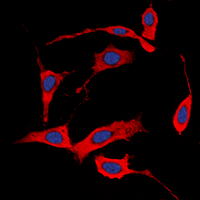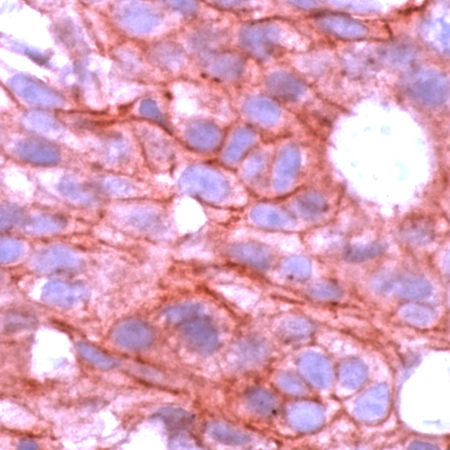
IHC-P analysis of human breast carcinoma using GTX15137 Her4 / ErbB4 antibody.
Her4 / ErbB4 antibody
GTX15137
ApplicationsWestern Blot, ImmunoHistoChemistry, ImmunoHistoChemistry Paraffin
Product group Antibodies
TargetERBB4
Overview
- SupplierGeneTex
- Product NameHer4 / ErbB4 antibody
- Delivery Days Customer9
- Application Supplier NoteIHC-P: Use at a dilution of 1/50 for 10 min at RT. Boil tissue sections in 10mM citrate buffer, pH 6.0 for 10 min followed by cooling at RT for 20 min. WB: Use at an assay dependent dilution. Predicted molecular weight: 146.8 kDa. Optimal dilutions/concentrations should be determined by the end user.
- ApplicationsWestern Blot, ImmunoHistoChemistry, ImmunoHistoChemistry Paraffin
- CertificationResearch Use Only
- ClonalityPolyclonal
- Concentration0.2 mg/ml
- ConjugateUnconjugated
- Gene ID2066
- Target nameERBB4
- Target descriptionerb-b2 receptor tyrosine kinase 4
- Target synonymsALS19, HER4, p180erbB4, receptor tyrosine-protein kinase erbB-4, avian erythroblastic leukemia viral (v-erb-b2) oncogene homolog 4, human epidermal growth factor receptor 4, proto-oncogene-like protein c-ErbB-4, tyrosine kinase-type cell surface receptor HER4, v-erb-a erythroblastic leukemia viral oncogene homolog 4, v-erb-b2 avian erythroblastic leukemia viral oncogene homolog 4
- HostRabbit
- IsotypeIgG
- Protein IDQ15303
- Protein NameReceptor tyrosine-protein kinase erbB-4
- Scientific DescriptionThis gene is a member of the Tyr protein kinase family and the epidermal growth factor receptor subfamily. It encodes a single-pass type I membrane protein with multiple cysteine rich domains, a transmembrane domain, a tyrosine kinase domain, a phosphotidylinositol-3 kinase binding site and a PDZ domain binding motif. The protein binds to and is activated by neuregulins and other factors and induces a variety of cellular responses including mitogenesis and differentiation. Multiple proteolytic events allow for the release of a cytoplasmic fragment and an extracellular fragment. Mutations in this gene have been associated with cancer. Alternatively spliced variants which encode different protein isoforms have been described; however, not all variants have been fully characterized. [provided by RefSeq, Jul 2008]
- Storage Instruction2°C to 8°C
- UNSPSC12352203

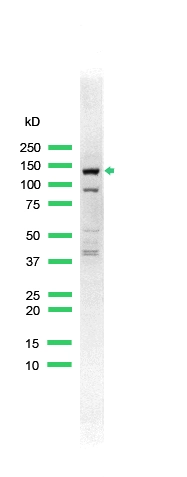
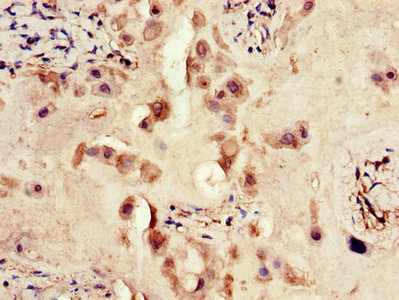

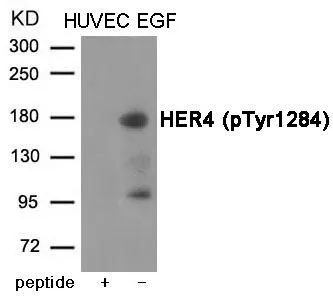
![IHC-P analysis of human breast carcinoma tissue using GTX80811 Her4 / ErbB4 antibody [HFR1]. Left : Primary antibody Right : Negative control without primary antibody Antigen retrieval : heat induced antigen retrieval was performed using 10mM sodium citrate (pH6.0) buffer, microwaved for 8-15 minutes Dilution : 1:20](https://www.genetex.com/upload/website/prouct_img/normal/GTX80811/GTX80811_1413_IHC-P_w_23061322_826.webp)
